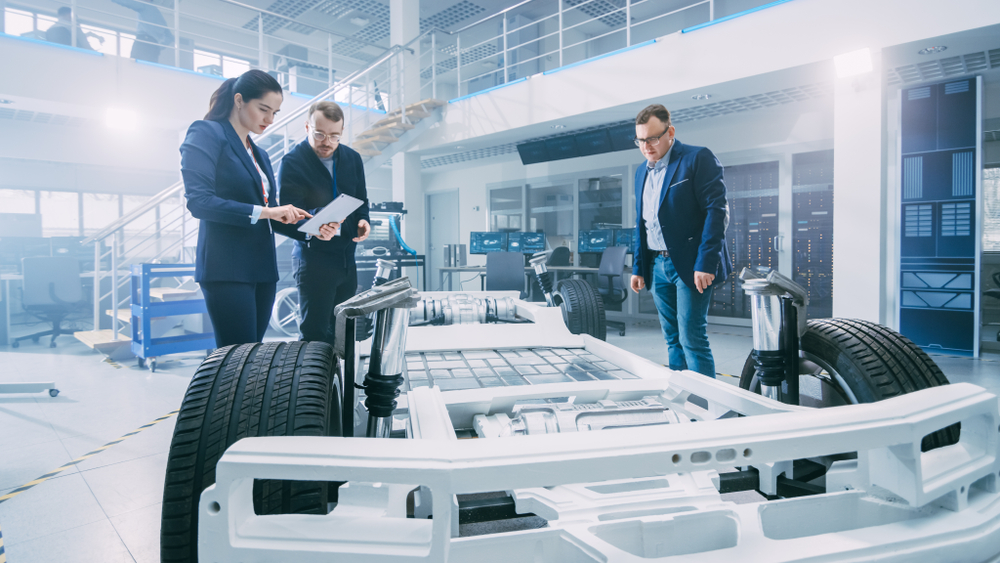Introduction:
A smooth and comfortable ride is essential for enjoying the journey, whether it’s a daily commute or a long-distance road trip. Advances in suspension technology have revolutionized the driving experience, delivering improved ride quality, reduced road noise, and enhanced comfort for passengers. In this blog, we explore the latest innovations in suspension systems and how they contribute to a more comfortable and enjoyable driving experience.
Evolution of Suspension Systems:
Suspension systems play a critical role in absorbing shocks and vibrations from the road, ensuring that passengers are insulated from bumps and uneven surfaces. Over the years, suspension technology has evolved significantly, with automakers continually refining and enhancing their designs to prioritize comfort and performance. From traditional coil springs and shock absorbers to more advanced adaptive suspension systems, the quest for a smoother ride has driven innovation in the automotive industry.

Adaptive Damping Technology:
One of the most significant advancements in suspension technology is the development of adaptive damping systems. These systems use sensors and actuators to continuously monitor road conditions and adjust the damping force of the shocks in real-time. By automatically adapting to changing road surfaces, adaptive damping systems provide a more refined and controlled ride, reducing body roll and improving stability without compromising comfort.
Air Suspension Systems:
Air suspension systems have gained popularity in recent years for their ability to deliver a smooth and customizable ride quality. Instead of traditional coil springs, air suspension systems use air-filled bags to support the vehicle’s weight, allowing for adjustable ride height and stiffness. Drivers can select different driving modes to tailor the suspension settings to their preferences, whether it’s a plush and comfortable ride or a more dynamic and sporty feel.
Active Noise Cancellation:
In addition to improving ride comfort, automakers are also focusing on reducing cabin noise to enhance the overall driving experience. Active noise cancellation technology utilizes microphones and speakers to detect and counteract unwanted noise frequencies, such as engine and road noise. By creating an acoustic barrier within the cabin, active noise cancellation systems help create a quieter and more serene environment for passengers, allowing them to better enjoy conversations or music during the journey.
Future Trends in Suspension Technology:
Looking ahead, the future of suspension technology promises even greater advancements in ride comfort and performance. Innovations such as predictive adaptive suspension, which anticipates road imperfections and adjusts the suspension in advance, and semi-active dampers with magnetorheological fluid, which offer instantaneous damping control, are poised to revolutionize the way we experience the road. With ongoing research and development, suspension systems will continue to evolve to meet the demands of drivers and passengers for a smoother, more comfortable ride.

Conclusion:
Advances in suspension technology have transformed the driving experience, offering drivers and passengers a smoother, more comfortable journey than ever before. From adaptive damping systems to air suspension technology and active noise cancellation, today’s vehicles are equipped with an array of features designed to optimize ride quality and minimize driver fatigue. As automakers continue to push the boundaries of innovation, the future holds exciting possibilities for even greater improvements in suspension systems, ensuring that every ride is a comfortable and enjoyable experience.


